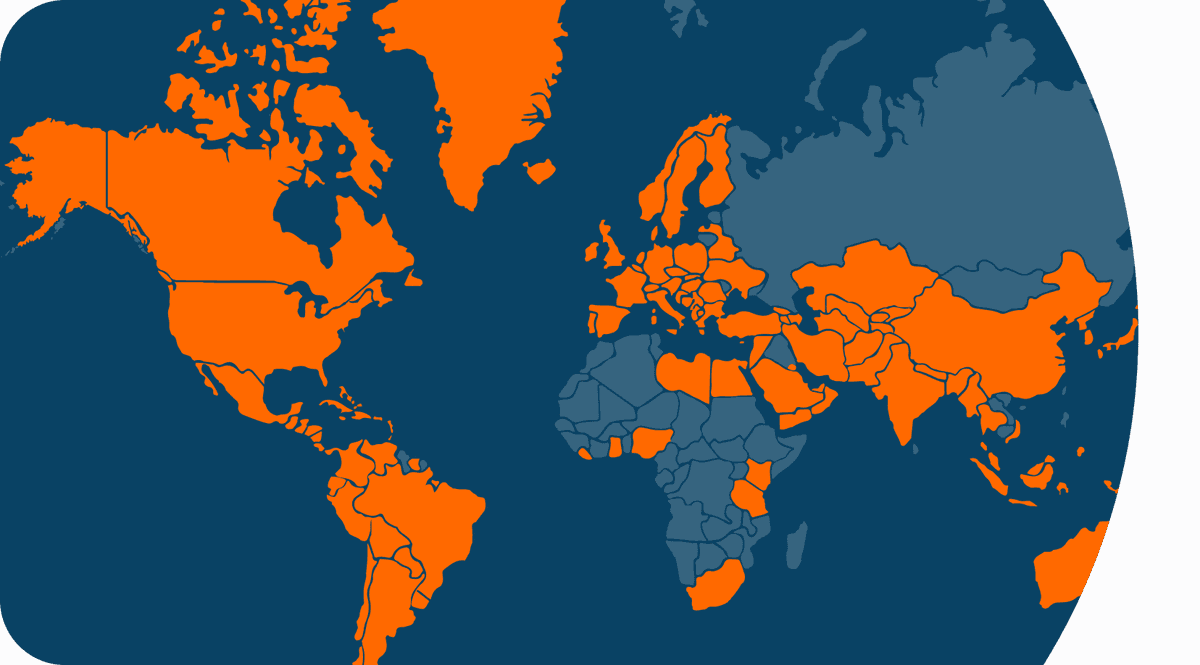
Certainty in identity
transforms onboarding
Socure’s AI powers risk and trust decisions that let you say ‘yes’ to more trusted consumers at every touch point.
The Socure Stack
Identity, fraud, AML, and trust solved with a single platform
Achieve identity certainty with a best-in-class stack that powers one to many solutions tailored to your risk profile for real-time decisions that let you combat fraud and say ‘yes’ to more new and returning users.
Socure Named Top Market Leader in Datos Insights Matrix for Identity Document Verification
Read More
PERSISTENT ID
The Path to Identity Certainty with SocureID
With every digital interaction, Socure’s dynamic 360-degree view of identity only gets more accurate, powering every real-time risk and trust decision.
Loading...
Discover your solution.

Let us prove it.
Scale your organization with confidence.





